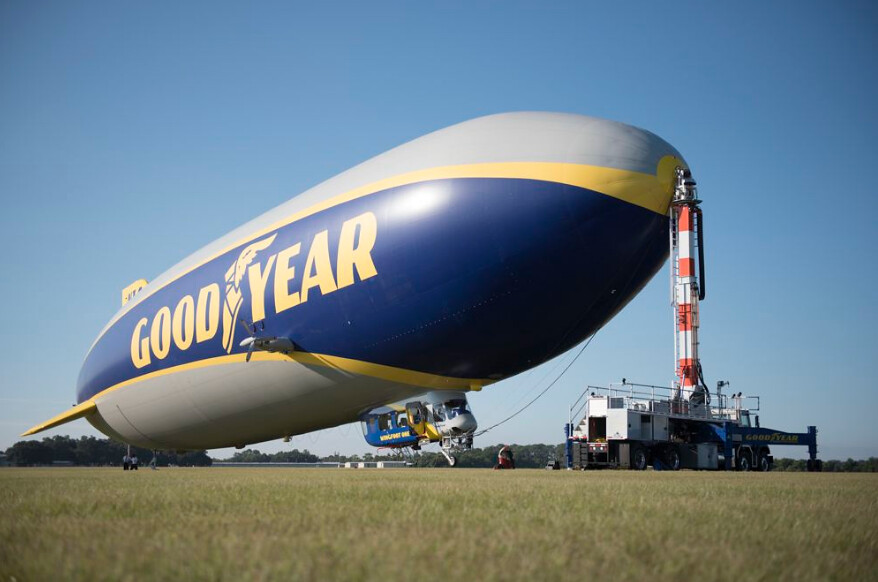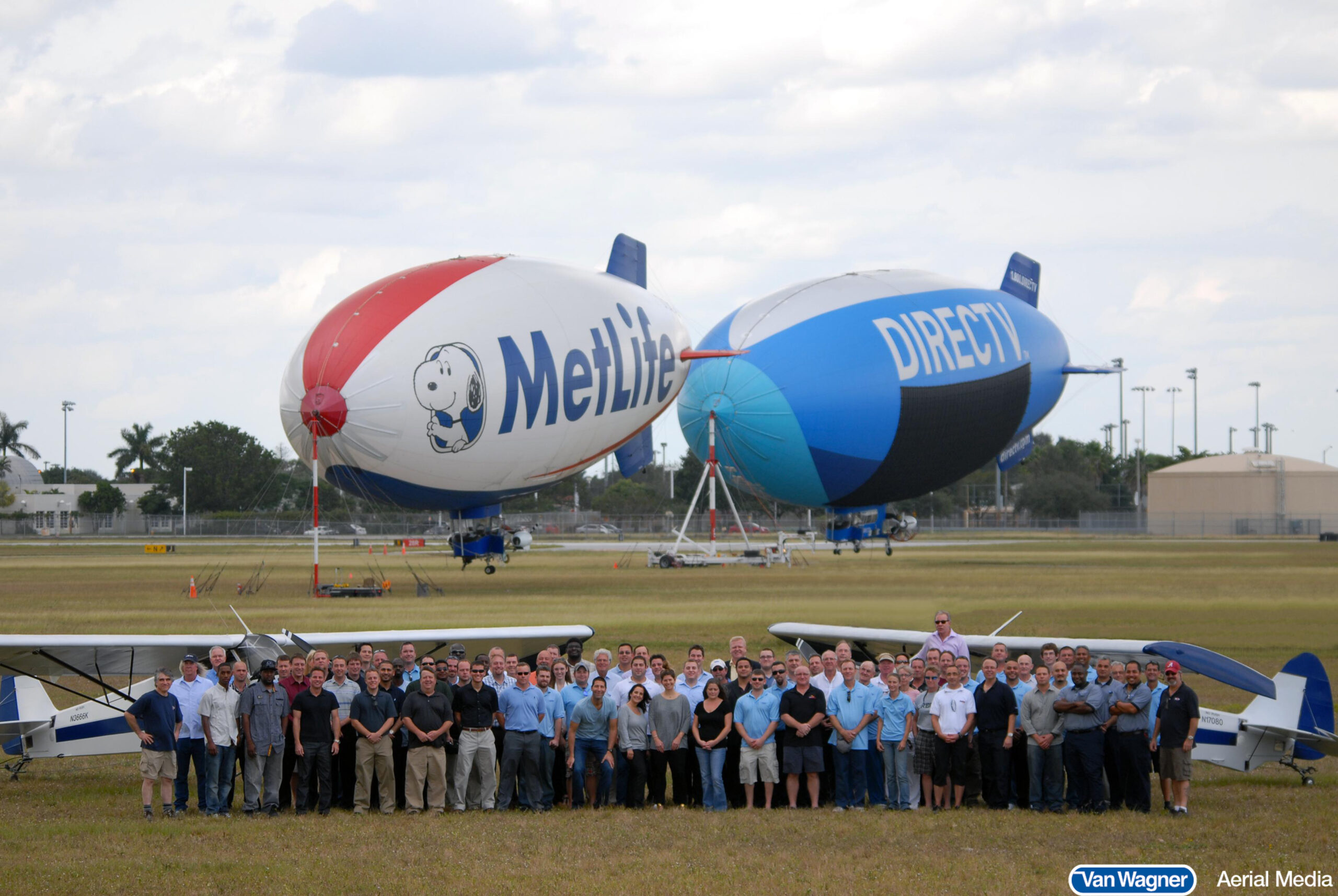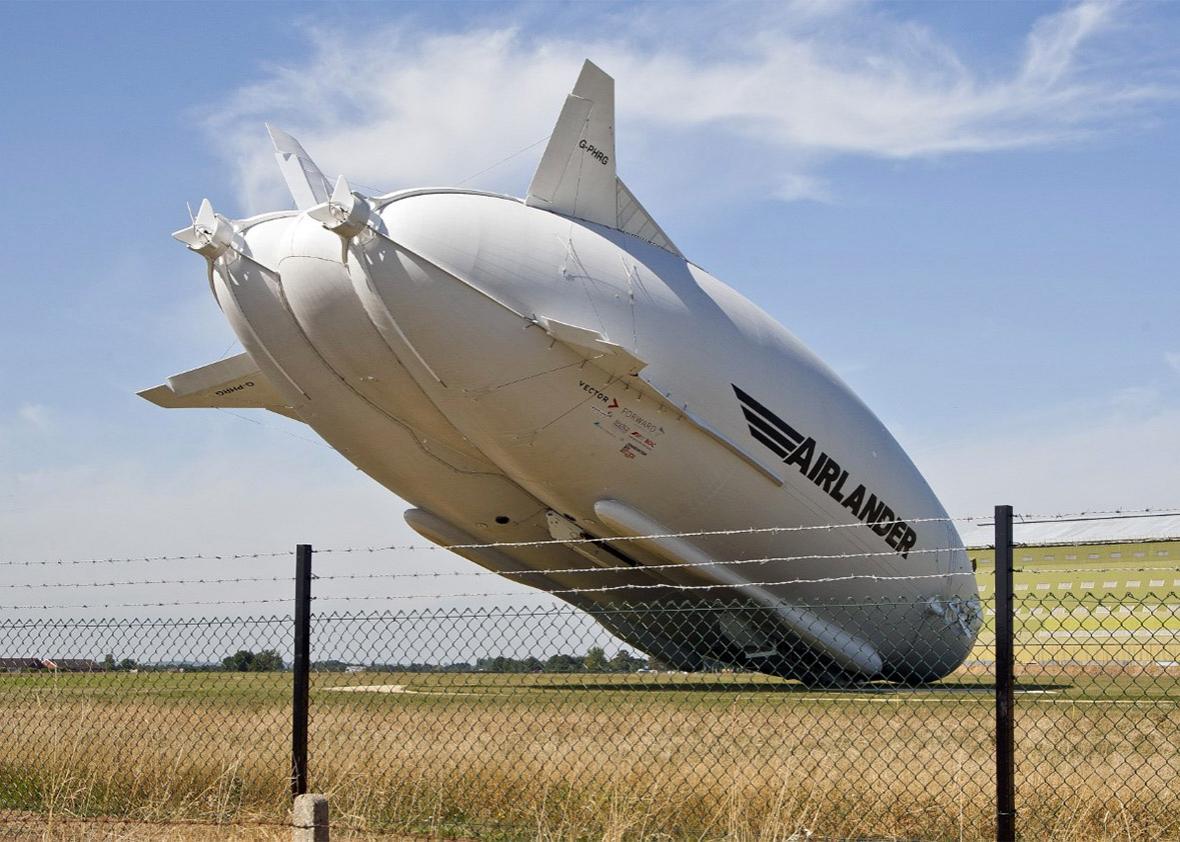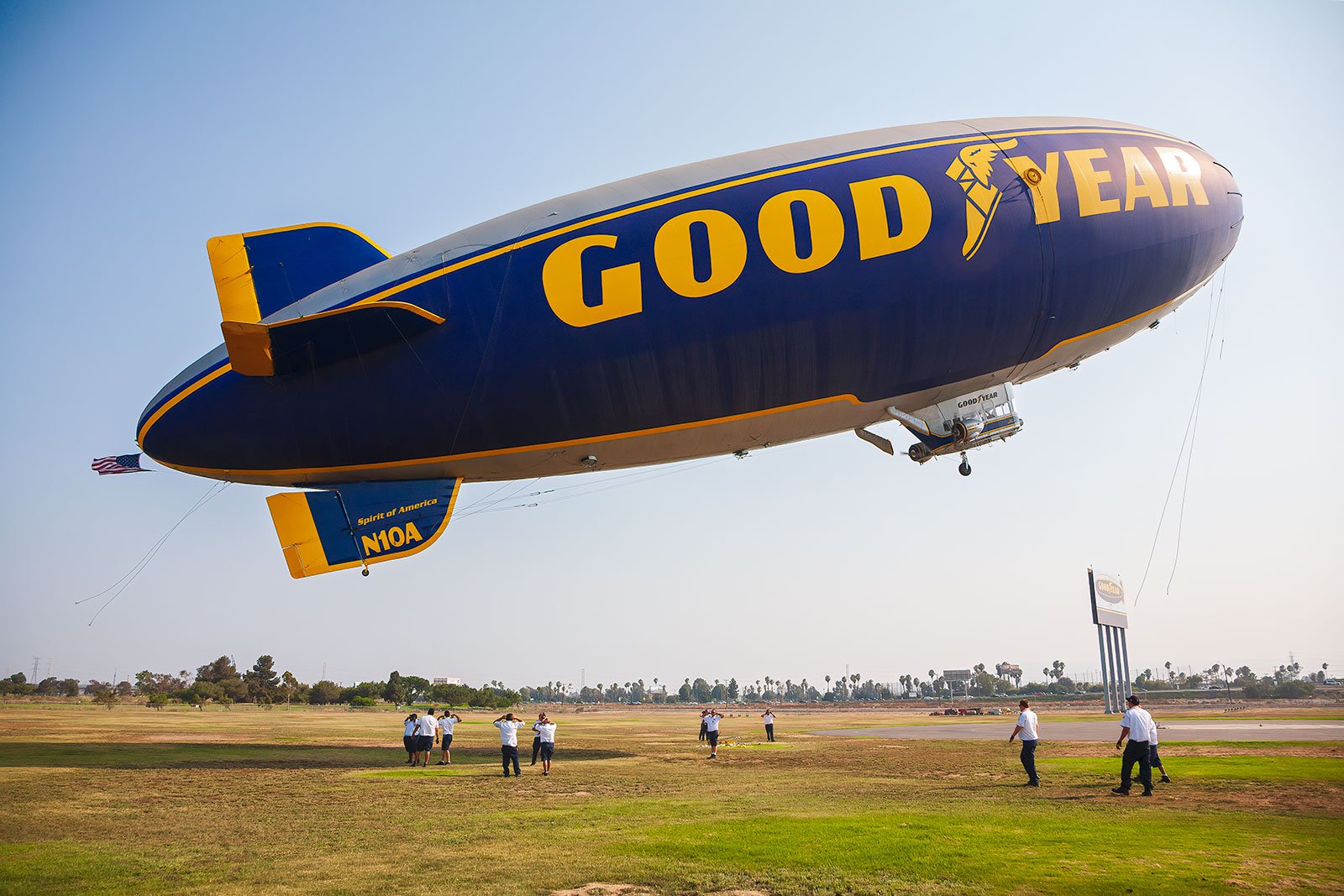How.many Blimps Are In The World

Imagine a crisp, clear morning. The sun paints the sky in hues of gold and rose as you sip your coffee. Suddenly, a colossal silver form drifts into view, silent and majestic against the azure canvas. It's a blimp, a relic of a bygone era, yet undeniably present in our modern world, a gentle giant that evokes a sense of wonder and nostalgia.
The world of blimps is far smaller than many realize. Accurately counting the number of operational blimps is a challenge because many are privately owned, used for advertising, or are experimental projects. The estimated figure, however, hovers around 25-35 operational blimps worldwide, with the majority located in North America and Europe.
A Gentle Giant's Legacy
Blimps, or more accurately, non-rigid airships, have a rich and fascinating history. Their story begins in the late 19th and early 20th centuries, a time of rapid technological advancement and boundless optimism. They were initially conceived as instruments of war and transportation.
Count Ferdinand von Zeppelin, a German inventor, pioneered the rigid airship design, leading to the iconic Zeppelin airships. These behemoths dominated the skies, offering luxurious passenger travel across continents.
The Hindenburg disaster in 1937 marked a turning point, casting a long shadow over the future of airship travel. The fire destroyed the airship and severely damaged public confidence in the technology.
From Warfare to Advertising
During both World Wars, blimps served as valuable military assets. They were used for surveillance, anti-submarine patrols, and even as airborne early warning systems. Their ability to loiter in the air for extended periods made them ideal for these roles.
After the wars, blimps found a new niche in advertising and aerial branding. Companies quickly recognized the blimp's potential to capture attention. The Goodyear blimp, for example, became a symbol of sporting events and public gatherings.
The shift towards advertising allowed blimps to persist in the collective consciousness. Even if people never flew on one, they recognized their distinctive shape against the sky.
The Modern Blimp Landscape
Today, the operational blimps are a mix of advertising platforms, research vessels, and niche transportation solutions. While no longer dominating the skies, they hold a unique position in the world of aviation.
Goodyear remains the most recognizable operator. The company operates several blimps, each serving as a flying billboard and aerial broadcast platform.
Other companies and private individuals also operate blimps. These are often used for specific purposes like aerial photography, environmental monitoring, or scientific research.
Technological Advancements and Future Prospects
Modern blimps are far more advanced than their predecessors. They use lighter, more durable materials and more efficient engines.
Advanced navigation systems and flight controls enhance safety and maneuverability. They are also quieter and more environmentally friendly.
There is renewed interest in airships for cargo transport and regional passenger travel. Some companies are exploring hybrid airships, combining lighter-than-air technology with fixed-wing aircraft features.
These hybrid designs promise greater efficiency and range, potentially revolutionizing freight transport to remote locations. Imagine a future where goods are delivered to remote communities by silent, efficient airships.
The Blimp's Enduring Appeal
Despite their small numbers, blimps continue to captivate our imaginations. They represent a different way of interacting with the sky, a slower, more deliberate approach to aviation.
Their gentle presence evokes a sense of nostalgia for a time when technology was perceived as hopeful and wondrous. They also evoke the memories of childhoods and a sense of wonder.
The sight of a blimp often triggers memories of sporting events, air shows, or simply lazy summer afternoons. They are also associated with a simpler time.
Beyond the practical applications and technological advancements, the blimp serves as a reminder of human ingenuity and our enduring fascination with the skies. They are a testament to our ability to dream and innovate.
Though the exact number of blimps may fluctuate, their cultural significance remains constant. They are a symbol of a bygone era and a hint of future possibilities.
The next time you see a blimp drifting lazily across the sky, take a moment to appreciate its unique place in aviation history. It's a reminder that even in our fast-paced world, there is still room for the slow, graceful dance of the airship.


















